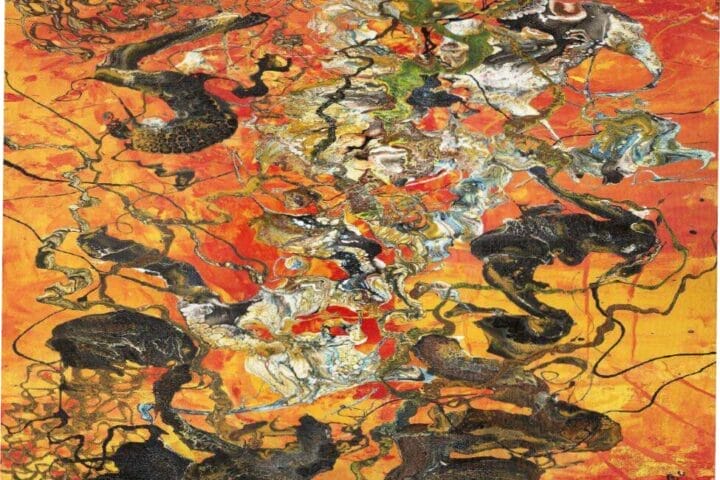Henri Matisse was one of the most influential artists of the 20th century, and his works continue to inspire us today.
His unique style of painting was highly expressive and vibrant, with intense splashes of color and bold brush strokes. His art often features everyday subjects like landscapes, seascapes, still life, and figures, but he expressed them in a way that was entirely new and revolutionary.
Matisse’s work makes us look at the world around us differently. He used his artwork as a way to express his emotions and challenge our understanding of beauty and form.
In this article we take a closer look at the art of Henri Matisse. We explore his life, his influences, some of his most famous works, and more.
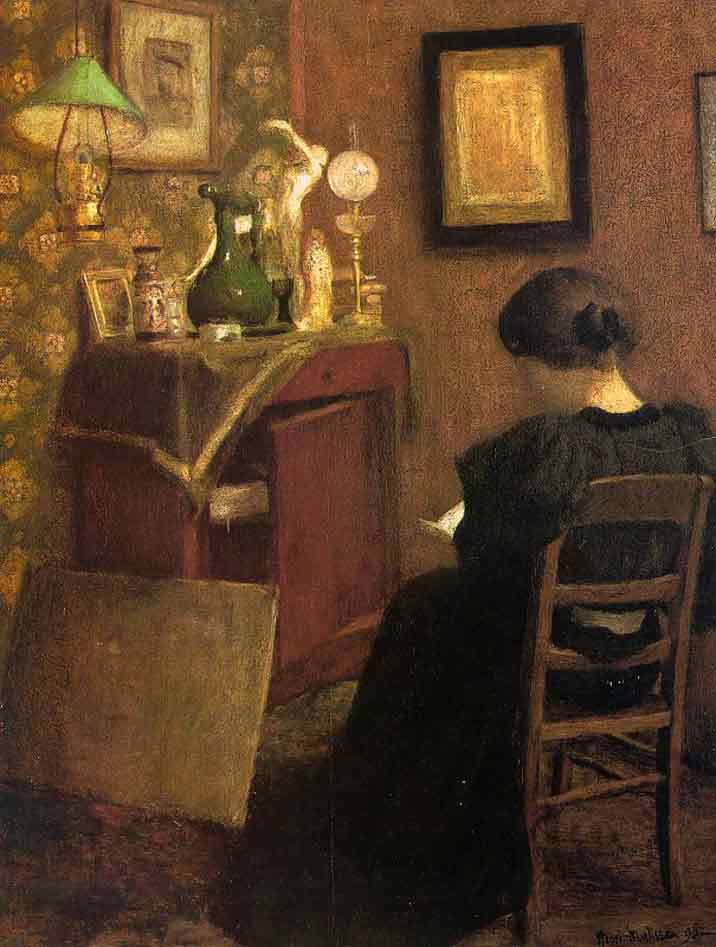
Introduction to Henri Matisse’s Art and Life
Welcome to the world of Henri Matisse, one of the great French painters of the modern period. His work spanned a variety of media, and he was considered one of the most influential artists of his time. Matisse was born in Le Cateau-Cambrésis in 1869, and quickly established a reputation as a skilled draughtsman and colored-pencil artist.
He traveled and studied extensively throughout his lifetime, developing a unique approach to painting and sculpture that blended elements of Impressionism, Fauvism, Cubism, Symbolism and Surrealism. Matisse’s work plays with color and composition to create bold shapes that explore movement in nature.
Matisse’s artwork is characterized by bright colors combined with flat planes, which often create striking compositions in a flat field. His use of shape and line were heavily influenced by the art nouveau movement, which he incorporated into many of his works. This can be seen in many pieces like “The Dance” (1909), “The Piano Lesson” (1916) and “The Red Room” (1908). He also experimented with paper cut-outs to create vibrant three-dimensional collages.
Matisse’s art offers an accessible entrypoint into the modernist art movements that are often studied in college level courses today. His work was influential for generations of artists who followed him—a legacy that continues to this day.

The Fauvism Movement and Its Influence on Matisse
Henri Matisse was a prominent figure in the French Fauvism movement at the start of the twentieth century. Fauvism was an expression of modern art that sought to establish a freer, more instinctive approach to painting. This style of art is characterized by bold lines and intense colors, often used to capture a feeling or emotion associated with the subject.
Matisse was inspired by this renegade artistic movement, which led him to produce some of his most enduring works. He embraced its quest for creative freedom and used it to revolutionize his own style. In some of his most famous works, such as The Joy of Life and Dance II, he sought to create pieces that embody an aura of beauty and joy, while still conveying an emotional intensity. The use of bright shades provides the subject matter with an energy that is almost palpable, resulting in paintings that make viewers feel as if they are experiencing something truly remarkable.
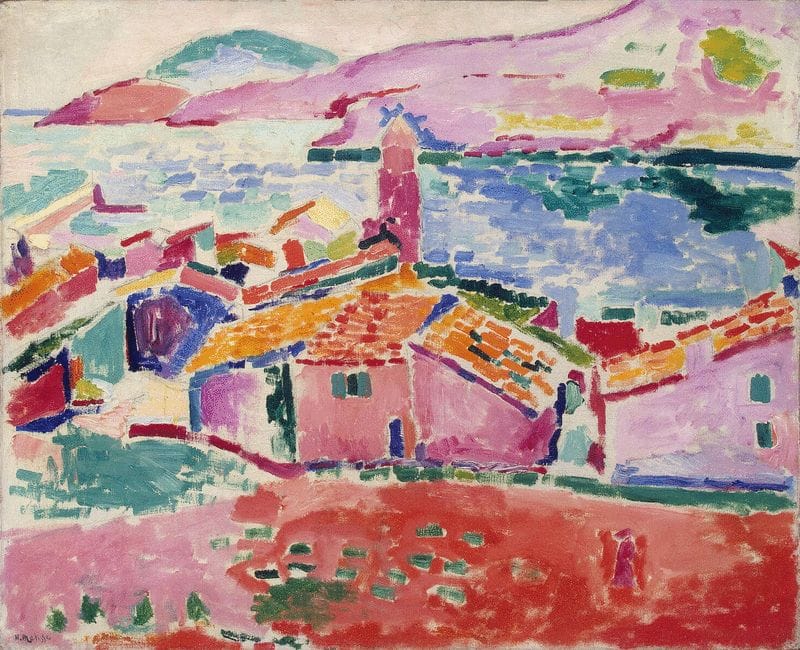
Themes in Matisse Artworks
You may have noticed that Henri Matisse’s art has a distinct style, heavily influenced by the themes he explored throughout his career.
Take a look at some of the common motifs that appear in his work:
Color and Nature
Matisse was recognized as a master of color, often utilizing intense, vibrant hues to create an atmosphere of cheerfulness and joy. His works often feature lush depictions of nature as well, with forests, flowers and animals appearing frequently in his paintings.
Human Figures
Many of Matisse’s works showcase figures in various poses – often female ones – presented in dreamy scenes or playful scenarios. These human figures are thought to be Matisse’s muses or representations of the power of imagination and creativity.
Pattern and Design
Besides his mastery in the use of color, Matisse was also known for his skill in creating intricate pattern designs that could be seen throughout many of his artworks. He often utilized these patterns to create depth and complexity within his composition.
It is clear then that constant themes are at work in Matisse’s creations – making it easy to recognize them wherever they may appear!

Dominant Colors in Matisse’s Art
Henri Matisse’s work is often associated with bold colors and vibrant hues. This is no surprise, as he was heavily influenced by the Fauvist movement in France, which celebrated bold colors and strong brushstrokes. Matisse’s art often incorporated yellow, blue, green and red pigments to create beautiful collages of vibrant scenes.
Generally speaking, Matisse’s paintings were dominated by bright colors, yet through careful observation of his works one will notice how he uses tones of the same color differently in order to create certain effects. By contrasting warm tones with cool tones within the same painting, he created images that were far more dynamic than they would be if they had a single-tone palette.
Matisse also often juxtaposed very deep hues with lighter shades to make shapes stand out while maintaining an overall harmony within the composition. Through these intentional color choices and layers of shades, Matisse created artworks that remained pleasing even when viewed up close rather than from a distance or in a single glance.
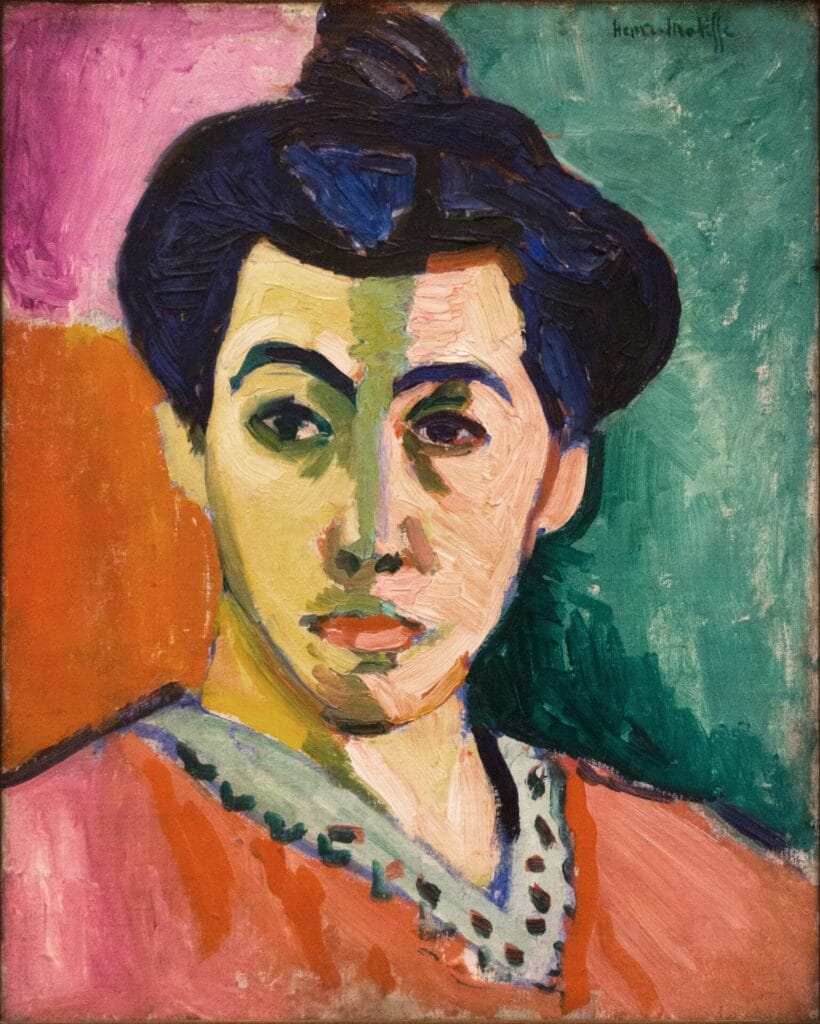
Different Mediums Used by Matisse
Henri Matisse was an artist of many mediums, and he did not shy away from experimenting with new art materials, colors, and techniques. While he is best known for his paintings, he was also a master of sculpture, photography and even graphic design.
Paintings
Matisse is famously known for his use of vibrant colors in his painting style – his use of Fauvism created energetic works that remain just as vivid today as it did when it was first painted. He utilized both oil paints and watercolors in his expressive works which embody the human form in its most graceful lines.
Sculptures
Matisse’s sculptures are large-scale pieces made with stone and bronze that depict abstracted figures with exaggerated facial features, arms and legs. He often used wooden sculptures as starting points for these pieces then expanded upon by adding new materials like clay to create the full effects he wanted.
Graphic Design
Matisse’s graphic designs are shown through his paper cut-outs which he created using colored paper that he cut out into abstract shapes like circles, squares, or other geometric patterns. These intricate designs often depicted animals or other figures within them and were intended to be hung on walls or used as table coverings for dinner parties.
Whether a painting, sculpture or a piece of graphic design – Matisse’s art has been inspiring people around the world for more than a hundred years – and continues to do so.
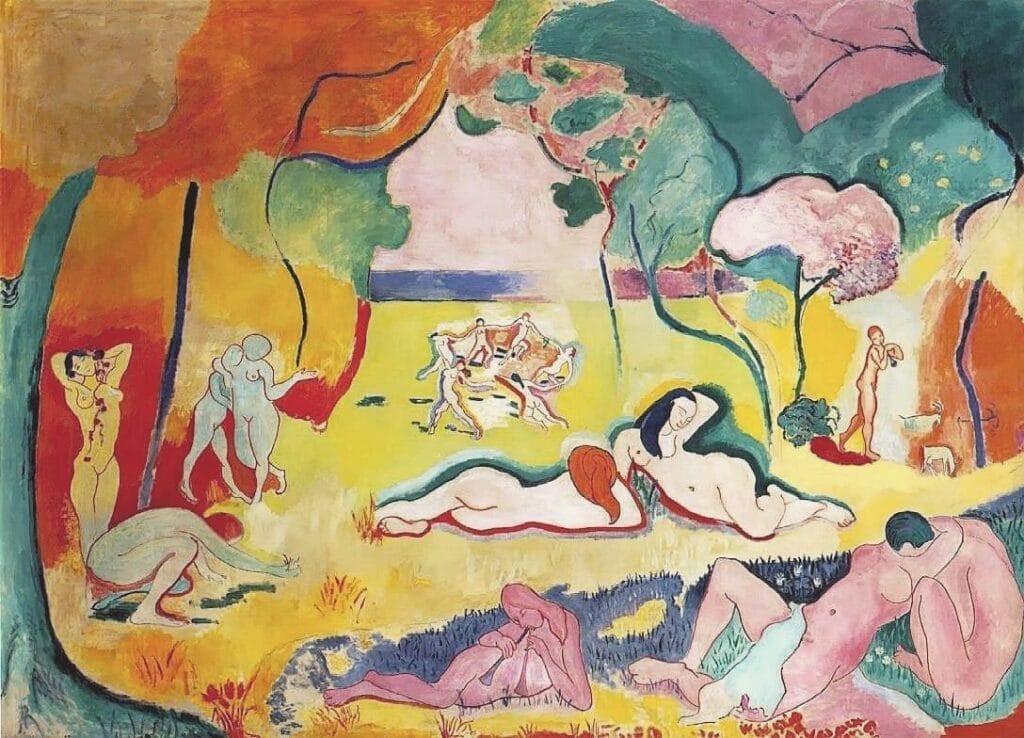
The Impact Henri Matisse Had on Modern Art
For Henri Matisse, the process of creating art was all about exploring and experimenting with color, shapes and textures. His work was revolutionary for its time, as he combined elements from different artistic styles and genres to create something completely unique.
Matisse’s art created a balance between abstraction and figuration, giving it a sense of life and movement that had never been seen before. He also embraced the use of bright colors, which was unusual in an era when muted tones were more popular. By doing so, he helped to redefine how color could be used in art.
Matisse is also known for his use of line work, which he often used to give shape and structure to his paintings. Through this technique, he was able to create harmonious compositions filled with organic forms that felt alive and fresh.
Matisse’s influence can still be seen today in modern art movements like abstract expressionism and minimalism. His bold use of color has become a key tenet for modern painters everywhere, while his line work continues to inspire countless artists. It is clear that Henri Matisse has truly left an indelible mark on the history of modern art.

In conclusion, the art of Henri Matisse is a testament to his enduring legacy in the world of art. His unmatched use of color, bold brush strokes, and dynamic compositions have made him an inspiration to both budding and established artists alike. His work has provided an esthetic link between the early modern period and today. Matisse’s works touch viewers on a deeply emotional level, prompting us to reconsider the way we view our own lives and the world around us.




